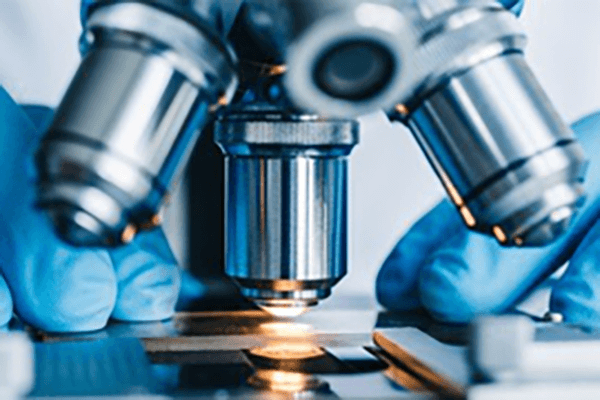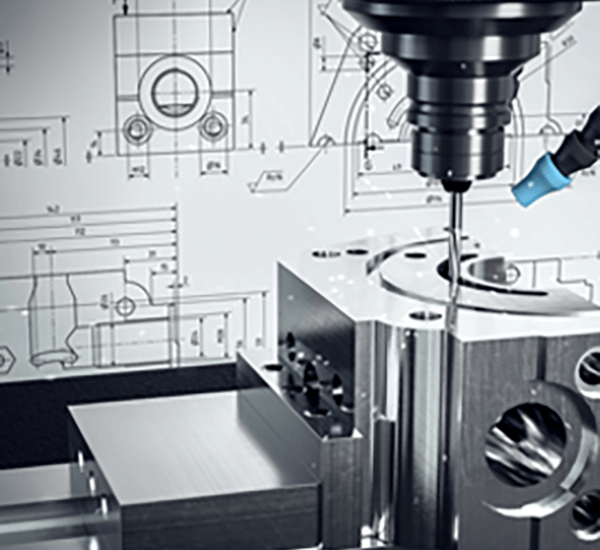
Attaining target exterior polish for a CNC part proves indispensable.
- Engineering annotations specify detailed surface expectations for components
- These callouts often use terms like "Ra," which stands for arithmetic mean deviation to quantify the surface roughness
- Interpreting finish callouts is necessary to guarantee parts satisfy functional criteria
- A well-defined surface finish can impact factors such as lubrication, friction, and durability
- Careful reading of finish callouts enables achieving the planned outcome
Defining Precision in CNC Machining

Automated machining signifies a significant manufacturing innovation through automated code the equipment produces detailed patterns with tight tolerances.
- The technology facilitates production of complex parts across many materials
- CNC’s flexible capabilities match requirements of aerospace and automotive fields
- Machine-controlled machining secures stable repeatability for production lots
Across development to broad production CNC machining contributes fundamentally to manufacturing innovation
CNC Spec Interpretation
Reading machine specs may appear overwhelming initially
In contrast, measured learning and order help you traverse technical specifications
Open by noting essential values: spindle speed, feeds, accuracy, envelope, control type
All attributes together shape the system’s production performance.
For example a higher spindle speed is suitable for softer materials while a faster feed rate is essential for increased production.
Seeing these associations aids in selecting the correct machine for your use
Always examine producer technical literature in detail.
It will often provide valuable insights and clarify any technical terminology you may encounter
Understanding CNC Machines: A Complete Overview
CNC machines are specialized computer-controlled systems used in manufacturing for precise and automated fabrication of various materials Operation relies on parsing G-code directives to manage cutting devices and toolpaths.
- Examples of CNC types are vertical mills, CNC lathes, CNC routers, plasma cutters
- CNC machining processes are highly versatile and can be used to work with a wide range of materials including metals plastics wood and composites
- Additionally CNC gear supports fast prototyping and limited production for entrepreneurs and institutes
CNC Machines: The Fundamentals Explained
They exemplify the union of precise mechanics and modern control software These versatile tools utilize computer programming to automatically manufacture a wide range of parts from simple components to complex assemblies Essential concept transposes digital designs into manufactured reality.
- Numerical control manufacturing
- Software-guided fabrication
It entails finely timed actuator motions governed by software Operators play a crucial role in selecting the appropriate cutting parameters monitoring the operation and ensuring the quality of the final product.
Significance of Surface Finish in CNC
Producing expected finish through machining is important It significantly alters operational behavior and appearance Workpiece material, tool settings, and secondary finishing processes determine texture.
A polished finish improves wear resistance whereas coarse texture can hinder performance CNC systems provide diverse tooling and strategies to reach required finishes.
- Such as employing varied cutter geometries |diamond tooling|tool speed tuning to deliver finish
- Additionally finishing processes including polishing and grinding refine texture
Recognizing how feeds, speeds, and tool geometry interact yields optimal finishes.
CNC Basics — Operation and Uses
Computerized machining precisely produces parts from metals, plastics, and other materials They run numerical instructions to manufacture complex shapes consistently A fundamental understanding of CNC machine operation including the role of G-code programming and tool selection is essential for successful machining processes
Industries that use CNC range from aviation and automotive to medical and electronics From aircraft parts to precision plastic molds, CNC creates complex high-quality items
Notation for Surface Finish on Machined Parts
Exact finish callout is important for CNC component manufacturing It ensures that the final product meets the requirements for function and aesthetics Manufacturers often rely on Ra (roughness average) to represent surface finish Reported in µm or inches, the metric indicates average irregularity magnitude.
Evaluate both finish smoothness targets and the operational application before specifying

Often a polished surface is selected when precise tolerance and fit are required
Rugged finishes sometimes serve parts that need enhanced traction or grip
Apply clear finish annotations in technical drawings to state desired texture Document the Ra value and enumerate any extra finishing or treatment instructions.
Bear in mind accurate finish callouts drive better manufacturing results
Types of CNC Machines and Their Capabilities
The world of CNC machining is vast and diverse with a wide array of machines designed to tackle various types of tasks They adopt CAD-to-CAM pipelines to steer cutting tools for precise part manufacture.
- Drilling units excel at producing holes and axial features in parts
- Lathes excel at producing round parts such as shafts rods and bushings
- Waterjet tools cut ceramics composites and metals with no heat-affected zone
Decision factors include the part’s material, feature complexity, and tolerance specifications Every machine class brings specific strengths that serve sectors like aerospace and automotive.
Attaining Superior Surface Quality via CNC
Securing excellent surface finish plays a key role in production and CNC methods enable that outcome Through careful tuning of feeds speeds and tool profiles operators manage chip formation and surface generation Additionally superior tool grades and effective lubrication aid in producing refined textures Strategic toolpath planning and precise machine adjustments result in superior finish quality.
Surface Finish Considerations in CNC Programming
Tuning code to influence finish plays a central role in meeting quality aims Feed selection spindle rpm and cutter geometry collectively determine texture outcomes Thoughtful parameter choices coupled with correct lubrication help produce polished surfaces.
- Besides that systematic tool upkeep and monitoring ensure sustained surface quality Furthermore regular tool maintenance and inspection are essential for ensuring a cnc process consistent and high-quality surface finish over time Additionally routine tool checks and upkeep maintain consistent finish quality
- To enhance finish consider workpiece material, roughness targets and use case
- Simulation aids in adjusting parameters virtually to prevent surface problems
- In addition periodic tool servicing and checks secure consistent surface quality
